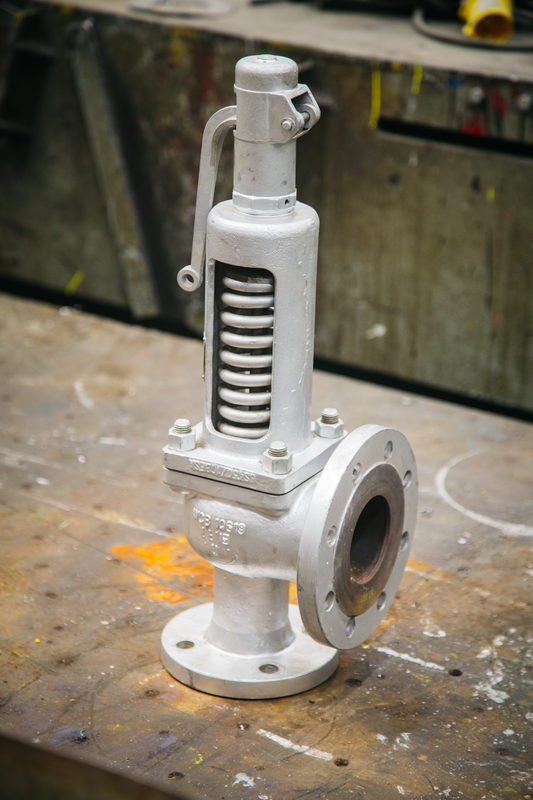Ensuring Safety: A Comprehensive Guide to Safety Valve Testing in the UK
Introduction
Safety valves play a critical role in maintaining the integrity of various industrial processes and ensuring the safety of equipment, personnel, and the environment. In the United Kingdom, rigorous standards and regulations govern the inspection and testing of safety valves to prevent accidents and maintain operational excellence. In this blog, we'll explore the importance of safety valve testing in the UK and the key steps involved in the process.
Why Safety Valve Testing Matters
Safety valves are designed to relieve excessive pressure in systems, preventing potential disasters such as explosions or equipment failures. Regular testing of safety valves is essential to ensure they function correctly when needed. Here are a few reasons why safety valve testing is crucial:
- Compliance with Regulations: The UK has stringent regulations, including the Pressure Equipment Regulations and the Health and Safety at Work Act, that mandate regular testing and maintenance of safety valves.
- Safety Assurance: Testing ensures that safety valves will activate at the specified pressure, safeguarding both personnel and equipment.
- Environmental Protection: Safety valves protect against the release of hazardous materials, preventing environmental damage and potential legal liabilities.
- Process Efficiency: Properly functioning safety valves help maintain process efficiency and minimise downtime by preventing unexpected shutdowns.
Key Steps in Safety Valve Testing
- Inspection and Documentation:
- Begin by inspecting the safety valve for visible damage or wear.
- Document the valve's identification information, including its set pressure and manufacturer.
- Disassembly:
- Carefully disassemble the safety valve, ensuring that each component is inspected for wear, corrosion, or damage.
- Cleaning and Repair:
- Clean all components thoroughly to remove any contaminants.
- Repair or replace damaged or worn parts as necessary, adhering to manufacturer specifications.
- Pressure Testing:
- Reassemble the safety valve and place it in a testing rig.
- Gradually apply pressure using calibrated equipment to determine if the valve opens and reseats at the specified set pressure.
- Leak Testing:
- Conduct a leak test to ensure there are no seal or gasket failures.
- Utilise appropriate testing fluids or methods, adhering to safety protocols.
- Lifting Inspection:
- Inspect the valve's lifting mechanism to ensure it operates smoothly and without obstructions.
- Reset and Recalibration:
- Reset the safety valve to its original set pressure.
- Recalibrate if necessary, ensuring it meets the manufacturer's specifications.
- Documentation and Certification:
- Maintain detailed records of all testing and inspection activities.
- Certify the safety valve with a test certificate that includes relevant information.
Conclusion
Safety valve testing is a critical aspect of ensuring the safety and efficiency of industrial processes in the UK. Compliance with stringent regulations and adherence to best practices in testing and maintenance are paramount. By regularly testing and certifying safety valves, industries can protect their personnel, equipment, and the environment while ensuring uninterrupted operations.
Remember that safety valve testing should only be performed by qualified personnel with the necessary training and equipment. Safety is a top priority, and proper testing and maintenance procedures are key to achieving it.
For specialist advice and a no-obligation quotation in relation to safety valve testing, please call IME on 02085996570 or email sales@imegroup.co.uk.

